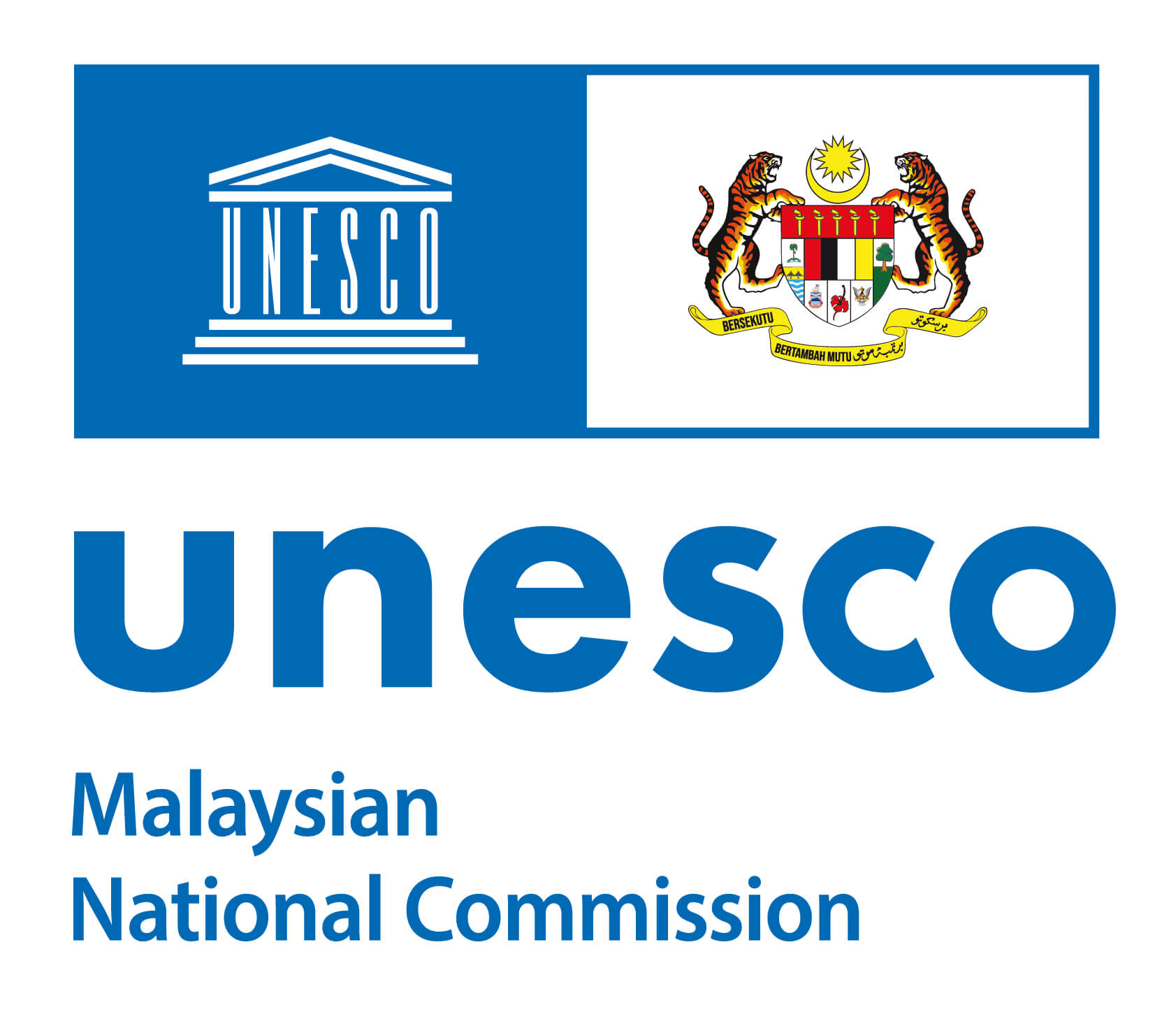UNESCO's Recognition > Culture > Intangible Cultural Heritage (ICH) > Kebaya

Kebaya (2024)
The Timeless Elegance of Southeast Asian Heritage
The Kebaya is a traditional blouse-dress combination that embodies the grace, femininity, and cultural pride of women across Malaysia, Indonesia, Brunei, and Singapore. Known for its delicate lace embroidery, sheer fabrics, and tailored silhouette, the Kebaya is more than a piece of clothing—it is a cultural icon. Typically worn with a sarong or batik kain, the Kebaya accentuates elegance through its form-fitting cut and intricate detailing, often featuring floral or nature-inspired motifs hand-stitched into fine cotton, silk, or organza. While its origins are debated, the Kebaya became especially prominent during the Peranakan (Straits Chinese) era, where it was proudly worn by women to express both modesty and style.
Today, the Kebaya continues to evolve, blending tradition with modern design. It’s seen at formal events, cultural festivals, and even on high fashion runways, symbolizing unity and identity across borders. Different regions have their own variations, such as the Kebaya Nyonya (Peranakan), Kebaya Kartini (Indonesian), and Kebaya Labuh (Malay), each telling a unique cultural story through fabric and craftsmanship.

